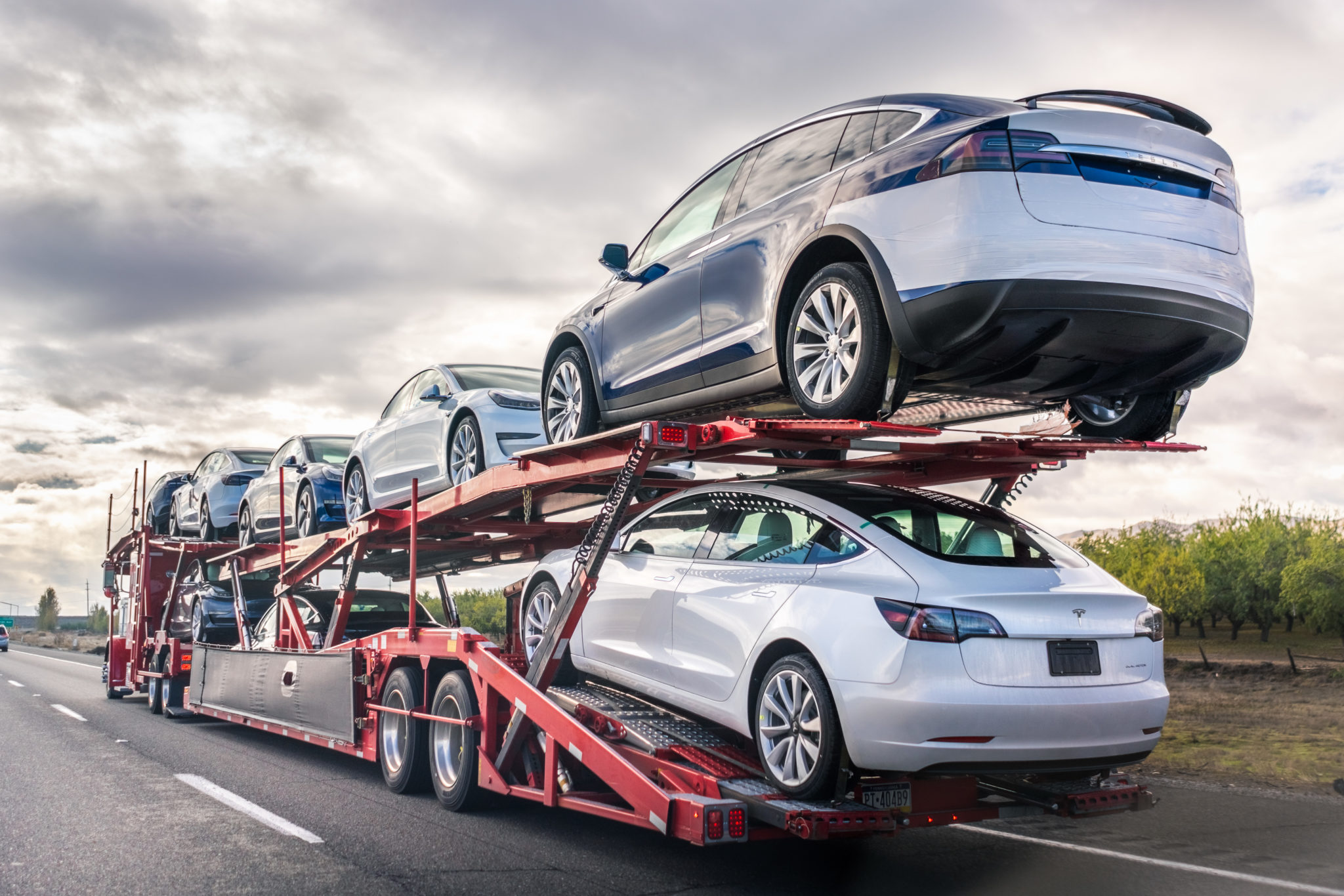The toilet paper shortage may have been emblematic of the beginning of the COVID-19 pandemic, but 18 months later, other supply chain issues from foam to cars are now dominating headlines.
Susan Golicic is the chair of the Department of Management at Colorado State University. She has also worked as a logistics analyst for Chrysler, where she coordinated the movement of materials between suppliers and manufacturing plants.
Golicic talked to SOURCE about the current new and used car shortage, why she doesn’t expect it to end until 2022, and what consumers should know.
Read the key takeaways below.

Susan Golicic is a professor of management at the College of Business at Colorado State University.
Why is there a car shortage?
The short answer? COVID-19.
All of the policy changes that came during the pandemic — from social distancing in workspaces to border shutdowns — has created a huge ripple effect in all supply chains.
“Some industries have been hit harder than others, and the auto industry has been hit particularly hard,” Golicic said. “Automobiles are a pretty complex supply chain because of everything that’s involved.”
One of the key components to the modern automotive supply chain are microchips. Newer cars can have up to a thousand of these tiny electronic circuits, which are mainly produced in Asia — particularly China.
What is causing the microchip shortage?
Golicic said that microchip producers in Asia are having difficulties getting their own supplies, and keeping up with the demand for the tiny products which, in addition to being used by the hundreds in new cars, are also key components in smartphones, video game systems, laptop systems and tablets.
These microchips were in high demand during the pandemic. Meanwhile, COVID-19 outbreaks led to shutdowns in the very factories that make them, and even a year after consumers first began to notice the shortage, production has not yet caught up with demand.
“While certain things have come back into full production, some things haven’t, and while some border crossings are happening, some are not,” Golicic said. “Even moving things in the supply chain is taking longer, and it’s a lot more expensive now because of capacity issues.
“So even if microchip producers were at full capacity and had all their supplies, moving it to the producers is still going to take a whole lot of time.”

What kind of impact is the microchip shortage having on the auto industry?
Golicic said that the hit will amount to billions of dollars.
“In fact, we had students at a case competition at General Motors, and the company released their third-quarter sales for this year, which were down 32% from last year,” she said. “That’s a huge decrease in the sales that they expected, and that’s primarily due to the fact that they can’t produce as many cars as they want due to the chip shortage.”
To accommodate for the microchip shortage, Golicic said that many auto manufacturers are being strategic about what they’re producing.
“A company like General Motors may decide that, since they make more profits on small trucks, they will stop making some other vehicles and focus on those,” she said.
When will the car shortage end?
The news is not good for consumers in the market for a car.
“It’s a mess, and it’s going to continue for a while,” Golicic said.
The longer answer? She said that it will definitely go into winter and next year due to the complexity of the supply chain for cars, and the current forecasts show the microchip industry could catch up in 2022.
“When an auto manufacturer starts producing a vehicle, they’re going to go months in advance, so there’s a pretty decent lead time that goes through the supply chain,” she said. “When something happens really far upstream and we can’t get the supplies, that means whatever the lead time is —let’s say four months — we’re looking at a four-month delay.”
Golicic said that the chip shortage probably won’t end anytime soon, and even when manufacturers can produce to the full capacity, they’ll have to choose which customers to prioritize.
“And that’s based on which customers they have a good relationship with, so they might look and choose, say, a big computer company, since they may be a bigger customer than an automobile manufacturer,” she said.
What should consumers know about buying or selling a car during the shortage?
It’s definitely not a buyer’s market. Golicic said that consumers who need a car right now might have to settle for a different model than what they may prefer, or even opt to make repairs on their old car before buying a new vehicle.
“You’ve got to be strategic about your decisions, just like the auto manufacturers,” she said. “You need to decide if it’s an investment to repair your car and wait. If the repairs require a microchip, a new or used car might be a better route.”
Golicic also recommends that consumers consider alternatives to buying cars from dealers, such as Craigslist or Facebook Marketplace.
“Consumers could also work with sales folks to try and locate vehicles in their networks, which might mean other states that have them available,” Golicic said. “Using personal networks to connect with those selling would be best if available.”
As for getting the best price possible, Golicic said the best advice might be to wait.
“In times like these, if consumers can hold off on buying (which signals lower demand), then sellers will offer deals or lower pricing — but this needs to happen in volume, not just with a single buyer,” she said. “The pricing really goes back to the simple economics of demand vs. supply, unfortunately.”